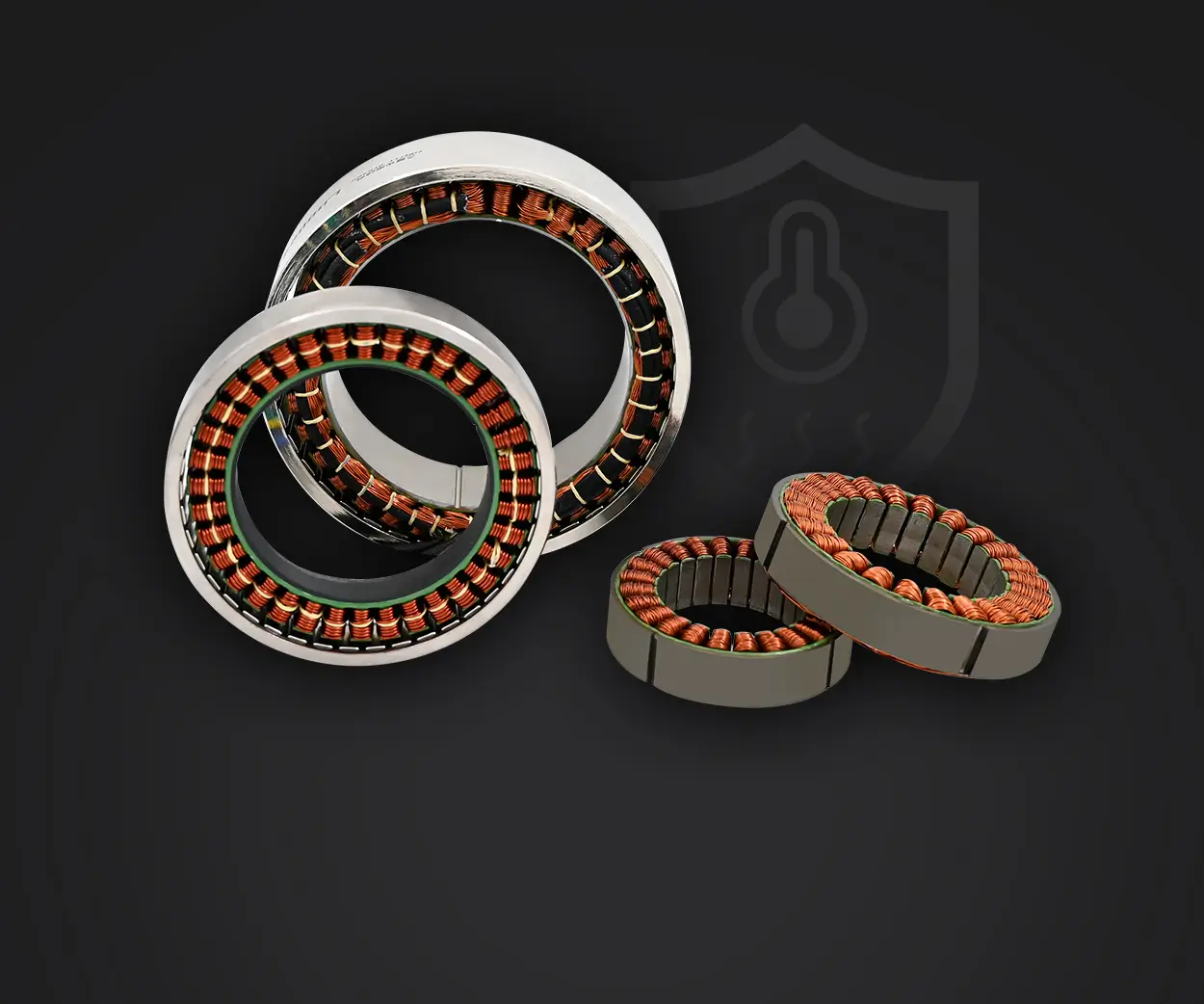When you first get your hands on a micro servo, you’re probably wondering how exactly to attach it and get it working. It's not complicated, but it’s one of those things that requires a little guidance if you want everything to run smoothly. No need to stress, though—attaching a micro servo is simpler than it sounds, and I’m here to walk you through it.

Let’s Start with the Basics
Micro servos are tiny, but powerful. They’re commonly used in robotics, model cars, planes, and even in some DIY home projects. If you’ve got a micro servo, it’s probably going to be used to rotate, push, or pull something in your project.
First things first, make sure you've got the right tools. You’ll typically need a small screwdriver, some screws, and the servo itself. Don’t forget to double-check if you have the horn, which is the piece that connects the servo to whatever part it’s supposed to move.
Step-by-Step Attachment
Align the Servo
Take a good look at the servo and see where the mounting holes are. These are typically located on the sides of the casing. You’ll want to line these up with the mounting surface on your project—whether that’s a frame, chassis, or another surface.
Secure the Servo
Now, grab your screws. Place the servo in its spot, aligning the holes, and screw it in. Be careful not to overtighten the screws, as this could damage the servo or strip the holes. A snug fit is all you need.
Attach the Horn
This part is critical. The servo horn is the piece that actually connects to the moving part, like a wheel, arm, or other mechanism. Slide the horn onto the servo’s output shaft, and make sure it’s secure. Sometimes, the horn will come with different sizes of slots, so choose the one that best fits your application.
Test the Movement
After the servo is attached, it’s time for a little test run. Before connecting power, manually move the part that the servo is controlling. Make sure it’s aligned and functioning as expected. Once everything looks good, connect the power source.
Troubleshooting Common Issues
If your servo isn't moving as you expected, there are a couple of things you might want to check. First, make sure the power supply is adequate. Servos need a stable voltage to operate properly, so ensure your power source matches the specifications.
If your servo is humming but not turning, there may be an issue with the connection between the horn and the mechanism. Double-check that the horn is firmly attached and that nothing is blocking the servo’s range of motion.
Helpful Tips
Don’t Force Anything
If something feels off when you’re attaching the servo, take a step back and reassess. Forcing parts to fit can lead to damage.
Use the Right Size Screws
Be mindful of the screws you use. Too long, and you could puncture the casing of the servo; too short, and it won’t be secured tightly.
Think About Future Adjustments
If you’re working on a project where you’ll need to make adjustments to the servo's positioning later, consider using mounting holes that allow for easy repositioning.
Why This Matters
Getting a micro servo attached correctly isn’t just about fitting parts together; it’s about ensuring smooth operation and long-lasting performance. When you take the time to mount it carefully, you avoid unnecessary repairs down the line and ensure that the system you’re building runs like it should. Plus, there’s the satisfaction of knowing you’ve done it right from the start.
By the time you’re done, you’ll have a solidly attached servo, and you can move on to the next step of your project with confidence. Whether you’re building a robot or a mechanical arm, getting the attachment process right is key to a successful project.
Established in 2005, Kpower has been dedicated to a professional compact motion unit manufacturer, headquartered in Dongguan, Guangdong Province, China. Leveraging innovations in modular drive technology, Kpower integrates high-performance motors, precision reducers, and multi-protocol control systems to provide efficient and customized smart drive system solutions. Kpower has delivered professional drive system solutions to over 500 enterprise clients globally with products covering various fields such as Smart Home Systems, Automatic Electronics, Robotics, Precision Agriculture, Drones, and Industrial Automation.




































